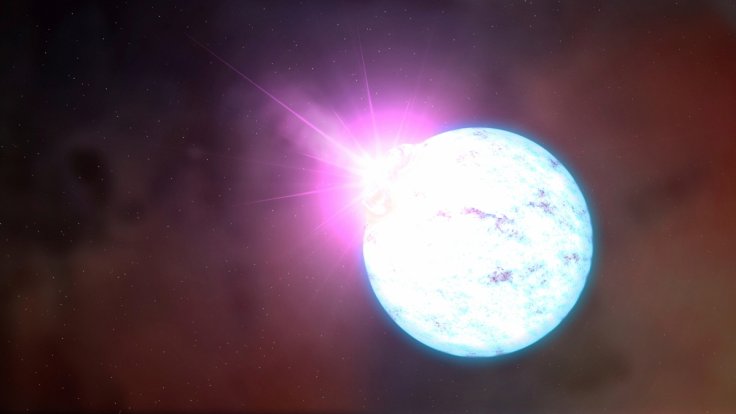
A new study conducted by a team of astronomers from China suggested that the fast radio bursts (FRB) or the repeating alien signals detected from space may have caused a collision of two stars.
For years, astronomers have been trying to figure out the origins of FRBs. To date, almost 100 FRBs have already been detected by astronomers from different parts of the world. Although most of the recorded FRBs only consist of a single burst, some of them repeat regularly over a period of years, providing astronomers an opportunity to try and track down their origins.
One of these repeating signals is known as FRB 171019. This was first detected by astronomers from Australian in 2017. In the following months and years, the bursts produced by FRB 171019 became fainter.
In an attempt to explain the origins of FRBs, astronomers from the Peking University in China studied FRB 171019. They proposed that FRB 171019 is a blast of radiation caused by starquakes that were formed following a collision between two neutron stars, New Scientist reported.
A starquake occurs when the crust of a neutron star goes to sudden physical changes and movement, similar to seismic activity or earthquakes. According to astronomers, since neutron stars are extremely dense objects, they tend to rotate closer when they orbit one another. They will continue moving this way until they eventually collide.
The collision would then result in the formation of a more massive neutron with varying rates of rotation in its layers. Its varying rotation rates could lead to movement or oscillations within the star's body, which could then cause starquakes that emit radiation bursts.
The astronomers noted that this could also explain why the burst from repeating FRBs became fainter over time.
"A model of binary neutron star merger is proposed for FRB 171019, in which the first bright burst occurred during the merger event, while the subsequent repeating bursts are starquake-induced, and generally fainter, as the energy release rate for the starquakes can hardly exceed that of the catastrophic merger event," the astronomers wrote in their study.
"This scenario is consistent with the observation that no burst detected is as bright as the first one," they added.
The study conducted by the astronomers has been submitted for publication through the website arXiv.org.









